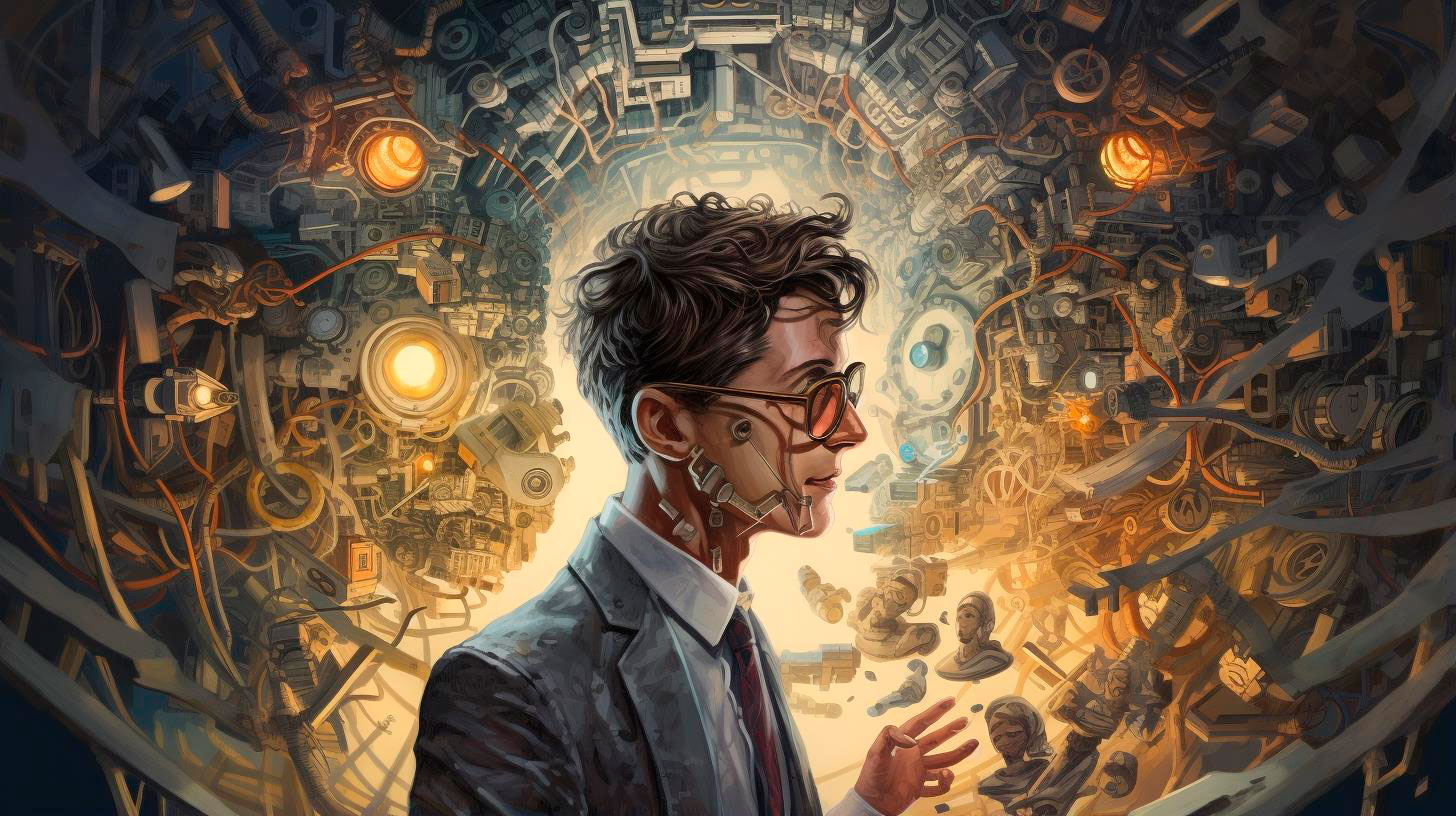In this article, we dive deep into the world of nuclear energy, debunk misconceptions, and highlight its potential advantages. Let’s explore the truth behind nuclear power and its role in our energy future.
The Basics of Nuclear Energy
Nuclear energy is generated through the process of nuclear fission, in which the nucleus of an atom is split, releasing a tremendous amount of energy. This energy is harnessed in nuclear power plants and converted into electricity, making it a viable alternative to fossil fuels. Contrary to popular belief, nuclear power does not involve the burning of any fuel, nor does it create direct carbon emissions.
The Benefits of Nuclear Energy
- Nuclear power plants produce large amounts of electricity, without relying on fossil fuels, reducing greenhouse gas emissions and combating climate change.
- Nuclear energy is highly efficient, with a single uranium fuel pellet producing as much energy as 149 gallons (565 liters) of oil or a ton of coal.
- Nuclear power plants can provide a baseload of electricity, ensuring a stable and reliable supply, even during high-demand periods.
- Nuclear power has a small physical footprint compared to other energy sources, allowing for more efficient land use.
- Nuclear energy technology continues to evolve, with advanced reactors offering enhanced safety features and waste management systems.
Debunking Misconceptions
Nuclear energy has often been shrouded in myths and misconceptions, contributing to public fear and reluctance. Let’s address and clarify some of these misconceptions:
1. Safety Concerns:
One of the most common concerns surrounding nuclear power is safety. While accidents like Chernobyl and Fukushima have raised valid concerns, it’s important to note that technological advancements have significantly improved safety protocols. Modern nuclear power plants are designed with multiple layers of protection to prevent accidents and mitigate the impact of any unforeseen events.
2. Radioactive Waste:
Another common misconception is the handling of radioactive waste. While nuclear energy does produce waste, the volume is relatively small compared to other energy sources. Additionally, extensive research is being conducted to develop advanced waste management solutions, including recycling techniques and the use of fast reactors to reduce waste and maximize energy output.
3. Nuclear Proliferation:
Concerns over nuclear weapons proliferation are often associated with nuclear power. However, it is essential to differentiate between nuclear energy and the military applications of nuclear technology. Stringent security measures and international agreements are in place to ensure that nuclear capabilities are not misused.
The Future of Nuclear Energy
As we transition towards a low-carbon future, nuclear power can play a significant role in meeting our energy needs. According to the International Atomic Energy Agency, nuclear power accounted for 10% of global electricity production in 2020, avoiding the emission of over 2 billion metric tons of carbon dioxide. Moreover, several countries are investing in advanced nuclear reactors and exploring innovative technologies like small modular reactors and fusion energy.
Key Takeaways:
- Nuclear energy is a clean and efficient source of electricity, helping to combat climate change by reducing greenhouse gas emissions.
- Modern nuclear power plants are designed with multiple safety features, making accidents highly unlikely.
- Ongoing research aims to enhance waste management in the nuclear industry, minimizing the volume of waste generated.
- Nuclear energy and nuclear weapons proliferation are separate issues, with stringent measures in place to prevent misuse.
- The future of nuclear energy lies in advanced reactors and innovative technologies, offering even greater efficiency and safety.
In conclusion, nuclear energy, when properly understood and implemented, presents a reliable and sustainable solution to our increasing energy demands. Addressing public perception and debunking misconceptions is crucial in order to fully embrace the potential of nuclear power. As we strike a balance between energy needs and environmental preservation, nuclear energy emerges as a vital component of our clean energy future.
